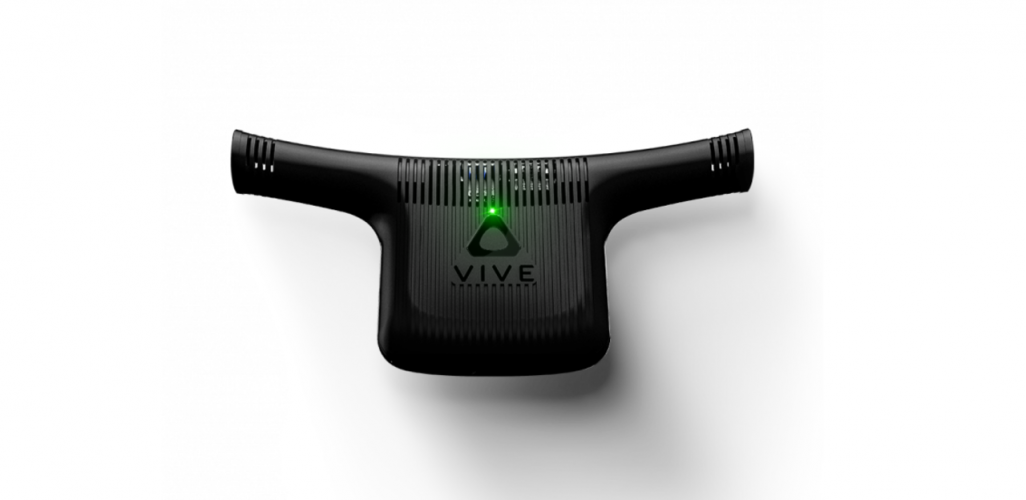More than two years ago, two companies collaborated on a new project, releasing the HTC Vive device.
Ever since then, millions of people from all over the world got the chance to experience the world of virtual reality and enjoy gaming on a whole new level.
What separated Vive from other products out there were two major things:
- The Price – It currently varies anywhere between $600 and $800 for a new product.
- The Quality – The latest technology was used to develop the machine, including the room scale tracking tech.
However, there are strong competitors out there, such as Oculus Rift which is more than $200 cheaper and the PlayStation VR, revolving around the same price range.
For some reason, HTC and Valve decided not to drop the price to match their competitors, which could be the reason why they feel the need to come up with something new and revolutionary, which will make them stand out.
The Price
Just today, HTC announced the release of the brand new product – the Vive wireless adapter.
It comes out on September 24, and those who are willing to pre-order it can do so 19 days before the release, on September 5.
Here’s one thing you might not like about the device, and that is the price.
The official website says that those who are willing to play Vive games without the cord will have to pay $299.
The adapter is compatible with both Vive and Vive Pro, but here’s the catch: you’ll have to pay additional 60 bucks for the compatibility pack if you are a Vive Pro user.
This is what you get in the pack:
- Connection cable
- Foam padding
- Attachment device
However, those willing to buy it in Europe will have to save up €345.
A 2-month subscription to the VIVESPORT is included in the purchase.
The Vive Pro version costs additional €75.
Is It Worth Buying
It depends on a few factors. Are you rich enough to not care and just want to get it and try it yourself?
Are you a developer who needs the device to do your job?
Or are you, like most of us, an average Joe who wants to get the most value for the money you spend.
First of all, you need to have an available PCIe slot. Vive says that the installation process is straightforward and can be done in only a few minutes.
Windows (the 64-bit version) or the Windows 7 SP1 is required.
When it comes to hardware, you should know that virtual reality is extremely demanding, which you can easily tell by checking the minimum requirements:
- 4 GB of ram at least
- NVIDIA GTX 1060, AMD Radeon R9 480
- Intel i5-4590 or AMD’s 8350
In reality, you want at least 8 gigs of RAM and equivalent of NVIDIA’s GTX 1070 TI to be able to play all games without any issues.
Graphics cards are currently very pricey and might be a good idea to wait for the next series to come out, which NVIDIA announced a few days ago.
Nothing really happened since the 1080 release, which made the prices skyrocket and stay there, which was also caused by the crypto mining mania early this year.
Now that you know what the costs are, here’s what you’ll get:
- Up to 2.5 hours of wireless gaming
- No cord from PC to the Vive machine
Yes, that’s it. We do understand what Vive is trying to do.
It’s not like they’re ripping people off.
Simply, the VR technology itself is pretty new, and coming up with innovations such as this one costs a lot of money.
We might laugh at the current price in the future, but we will probably be grateful to Vive for taking this step.
It might be a small and a very expensive step today, but it will definitely have a significant impact on the VR industry overall and its future.
Additional Info
You can stay up to 6 meters away from the sensor, which is reasonable, but you will still have a short cord hanging from the device which you have to conceive somewhere convenient.
The device itself weighs 129 grams and is approved by the FCC.
The battery goes in the USB port. HDMI, DC, and USB are supported for VIVE, while VIVE Pro users need to have a single port available.
Verdict
Here’s the problem, what Vive presents as the main advantages of the Wireless Vive Adapter are also the main issues for the users.
The battery life is “only” 2.5 hours, the price of the adapter alone is higher than entire devices from Oculus Rift and PlayStation VR, and there still is a cord hanging from the adapter, except it does not have to be connected to the PC.
If you are on the budget, definitely give the industry a couple more years to come up with a more advanced and affordable solution to the wire issue.
It’s not really cost-effective and you might get yourself another device instead of buying the adapter.
On the other hand, if you have spare money, or you’re a VR enthusiast who wants to get the first-hand experience as soon as possible, then you might as well place your order on September 5 and get your adapter as soon as possible.



